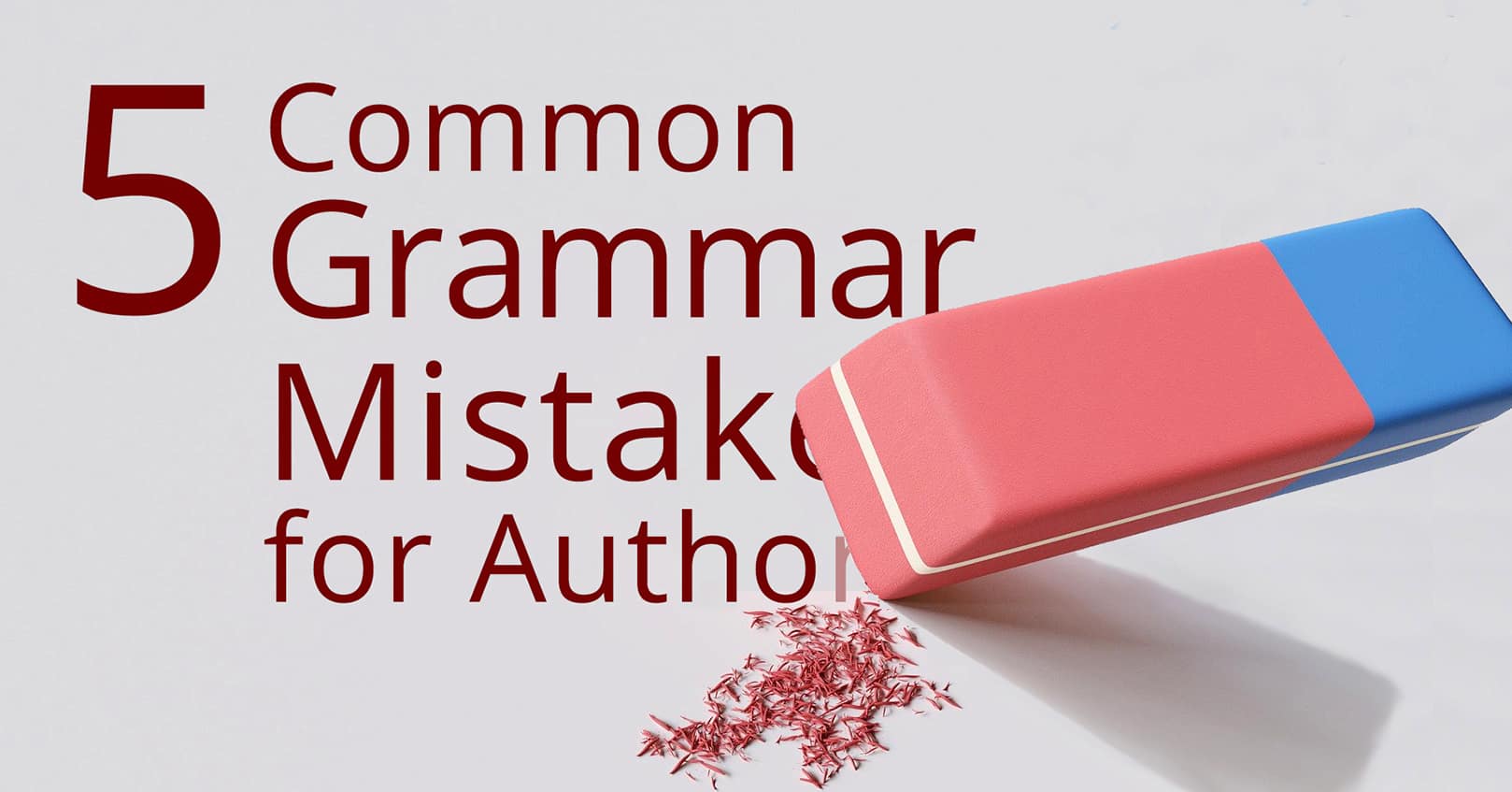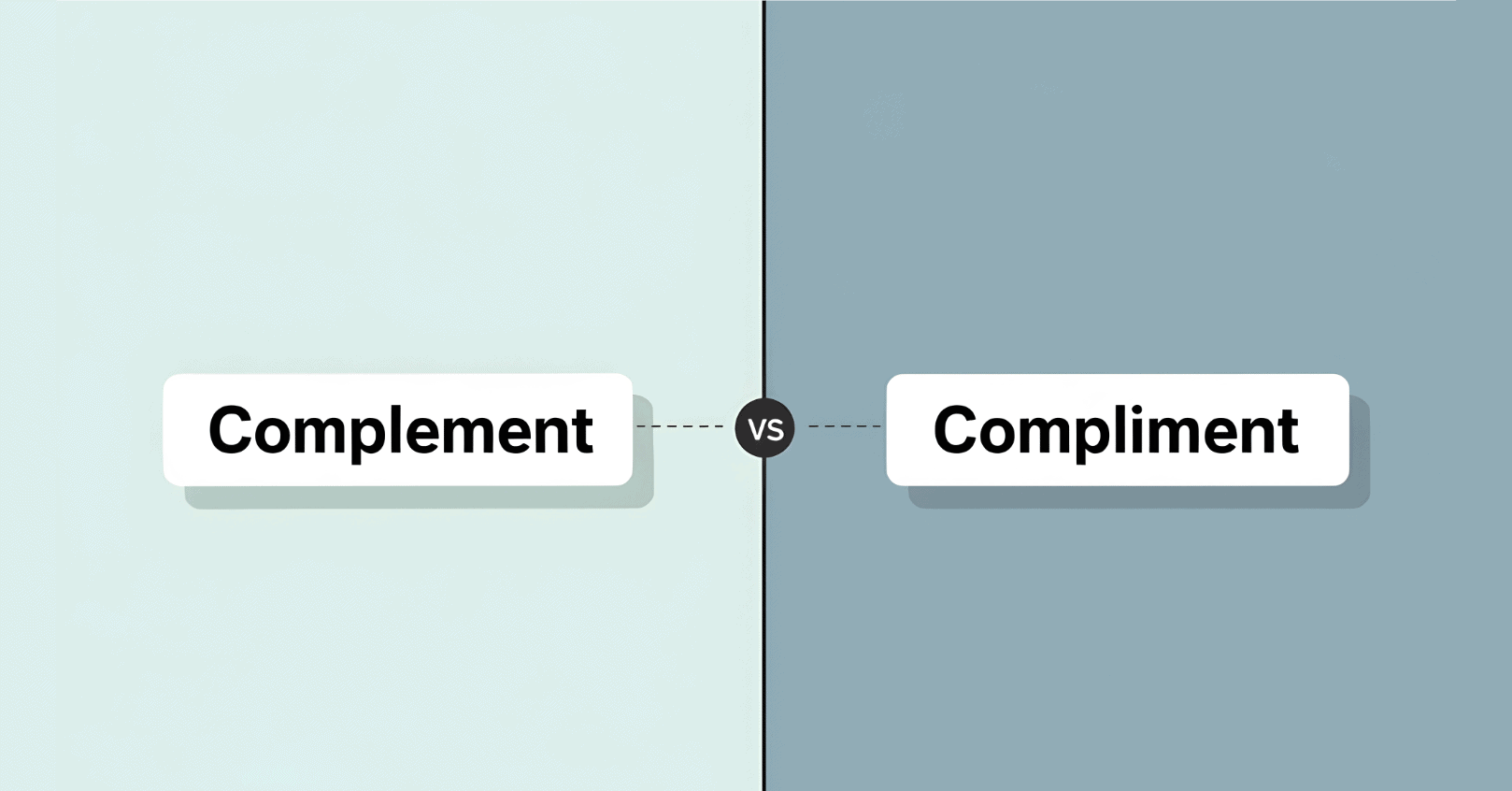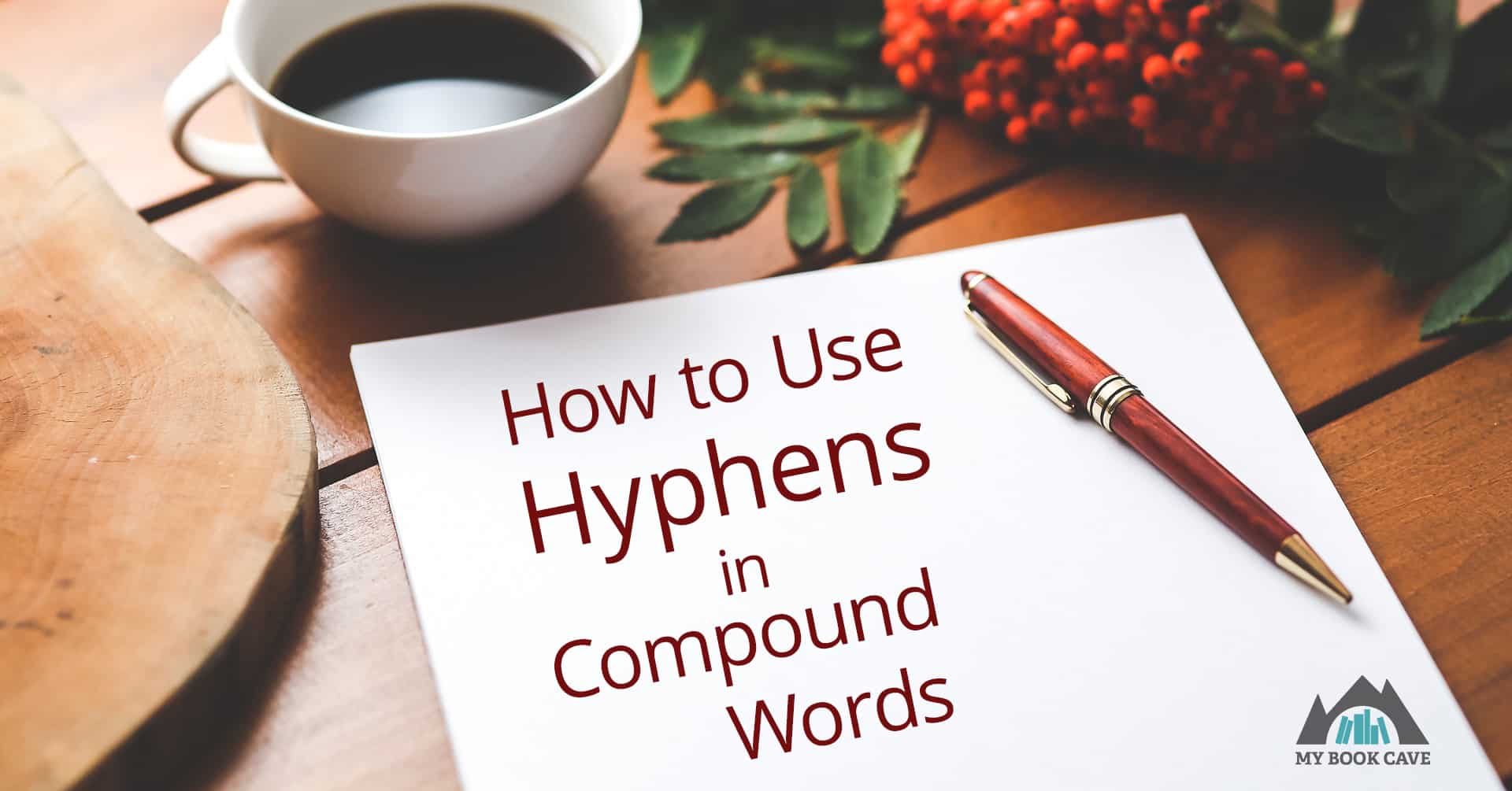
If you write fantasy, you may include one or more mythical creatures in your story. If you do, here are some things to keep in mind when writing these creatures.
Centaurs
The top half of a centaur is a human, and the bottom half, from waist down, is a horse. Depending on what you read, centaurs are either primal and mischievous beings, or intelligent and haughty beings. Regardless, they are usually displayed as a proud race of excellent archers and, or course, runners.
Here are some things to keep in mind when writing a centaur:
- Where are the organs?
- What do they eat? And how does that affect what their teeth and digestive system are like? If they eat meat, do they cook their food?
- How long is the gestation period for centaur babies?
- Where do they live? Do they build houses?
- What are their natural predators?
- Are they a lawless society, or one with rules and regulations?
- Centaurs are often depicted without clothing. Do yours wear clothing or not? What are their views on modesty? If they don’t wear clothing, are there other ways they view modesty?
- What do they think of humans and any other races in your book?
- Under what circumstances would they allow slower, smaller races to ride on their backs?
Banshees
These are female spirits that wail loudly before someone dies and are often seen as harbingers of death. Think of these questions when writing about banshees:
- What does their society look like? Is there a leader? What rules must they all live by?
- Do they live forever? How can they die?
- How are banshees created?
- Are there actually male banshees?
- Can banshees be seen by humans?
Dwarves
Dwarves are short, strong-bodied creatures who live underground and often love mining gold. They are often weapon and armor smiths who create wondrous weapons and armor. Many believe, though, that dwarves have been overused and overwritten, so it may be best to steer clear of dwarves if possible.
If you do include dwarves in your story, keep these questions in mind:
- Where do they live?
- How is their society organized (clans and kings are common; can you organize it differently)?
- What do they eat?
- How long do they live (they are usually more long-lived)?
- Do they interact with humans?
- Do they have special abilities or magic (dwarves are often portrayed as leery of magic but they don’t have to be)?
- Are they a goodly race or an evil race? How is your character different from the what is known in general about their race?
- Are they good smiths or do they create and sell cheap weapons for gold?
- What do the females look like? Are they fighters, home keepers, miners, smiths? A mix?
- What do they eat? Does your character like to cook?
- How are your dwarves different from the stereotypical dwarf?
Selkies
Selkies are shapeshifters that live as seals in the water and as humans on the land. When selkies shift into humans, they shed their seal skin. When they want to return to the sea, they put on their seal skin and cannot become human again for a period of time (seven years is common), or they never become human again because the call of the sea is stronger.
Here are some things to keep in mind when writing a selkie:
- What do their underwater communities look like?
- Why would they become a human? Is is a rite of passage? Something they do for fun?
- Do they hear the sea calling to them when they are human?
- Can they fall in love with a human?
- Can they choose to stay on land, or are they compelled to return to the sea?
- Do they have to wait a length of time before they are able to shed their seal skin and become human a second time?
- What is their temperament as a people? Peaceful? Beguilers? Victims?
Griffins
Griffins have a lion’s body and an eagle’s head and wings. In myth, griffins guard treasures and scare away thieves.
Keep these questions in mind when writing griffins:
- Are your griffins sentient or more like animals? If they are more like animals, who commands them? Or are they like pets that can be trained?
- Can they speak?
- How long do they live?
- Are there griffin riders?
- Do griffins have family units? Are babies born like mammals, or like birds (in an egg)?
- What is their temperament like?
- Do they have magic or abilities?
- What do they eat?
Fauns
Fauns have the legs, feet, tail, and horns of a goat. They are well known for their amorous advances toward women and are usually displayed as playful, festive, and impulsive.
- What language do they speak?
- Are all of them hedonistic, or are groups of them more altruistic or refined?
- Do any of them work?
- How do they provide for themselves?
- What do the females look like, and how are they different from the males?
- How do other races view them?
- Do they have any special abilities?
More Mythological Creatures
Here are some more mythological creatures to get your imagination going. What kind of considerations would you need to keep in mind when writing one of these?
- Faerie/the Sidhe
- Mermaids and Mermen
- Elves
- Trolls
- Giants
- Gnomes
- Kitsune
- Orcs
- Kobolds
- Goblins
- Golems
- Harpy
- Lich
- Halflings
- Basilisk
- Hydra
- Chimera
- Hippogriff
- Sphynx
- Pegasus
- Phoenix
- Manticores
- Barghest
- Imps
- Sprites
- Nymphs
- Dryads
- Kelpies
- Unicorns
- Dragons
- Wyverns
- Salamandars
- Pixie
- Sylphs
- Undine
- Sirens
- Ghouls
- Wraiths
- Elementals
- Yetis
- Cyclops
- Minotaurs
Have you written any mythological characters in your books? Let us know what you wrote about in the comments below!
















My fantasy world is a post apocalypse that was reminded with mythology and ancient kingdoms. I tend to look at the mythological origins of races and build from there. The elves and dwarves in my world are based in their Norse mythology, and its a struggle to find non trope ideas for what they can don. My dwarves are not stout miners. One class are merchants the other are vikingesque warriors. I’m changing their more trooelike governwmtmbt too The merchant side is contolled by a plutocracy.
Both male and female satyrs are hedonistic leaning, but their have their own dictates and social class. Many live like gamblers or gypsies some a acstetic monks/nuns.
I love writing fantasy. I have written a 4 book series titled: “The Centaur Chronicles” and included a little-known fantasy creature called a Duende.
I also wrote a trilogy titled: “The Mist Trilogy.” It is a different twist on unicorns. In my books, it is the noble and great horses who are chosen to become unicorns in the afterlife.
Catia, this article couldn’t be more timely for me. Just a few days ago, I was searching for more information about writing mythical creatures and couldn’t find anything! I’m including griffins in my WIP, and this will help with brainstorming 🙂 I love writing animals into my work, however I have worked with wild animals in the past and tend to get too realistic about them, forgetting that I can and should be more creative and make things more magical. Thanks for the post!